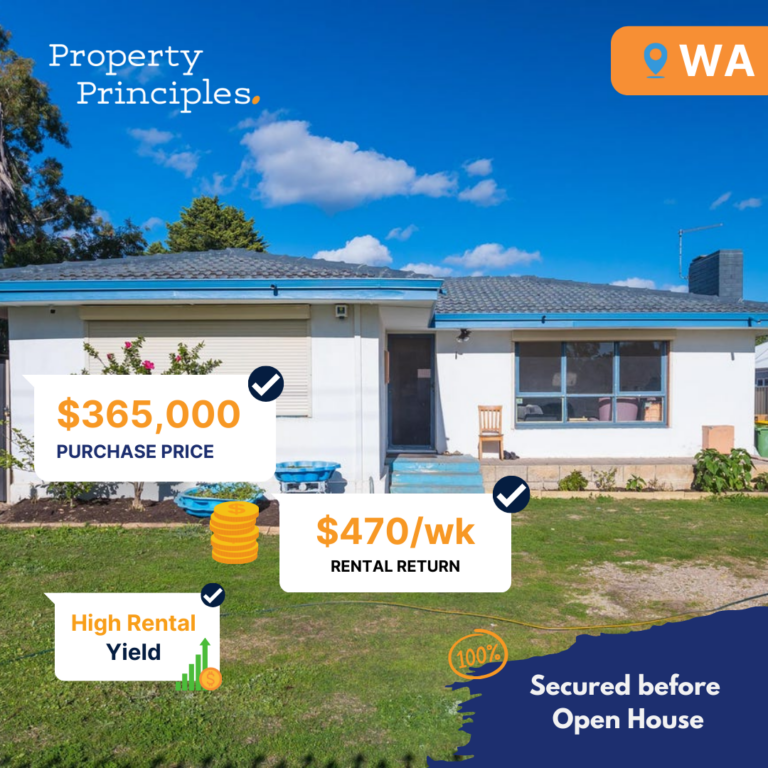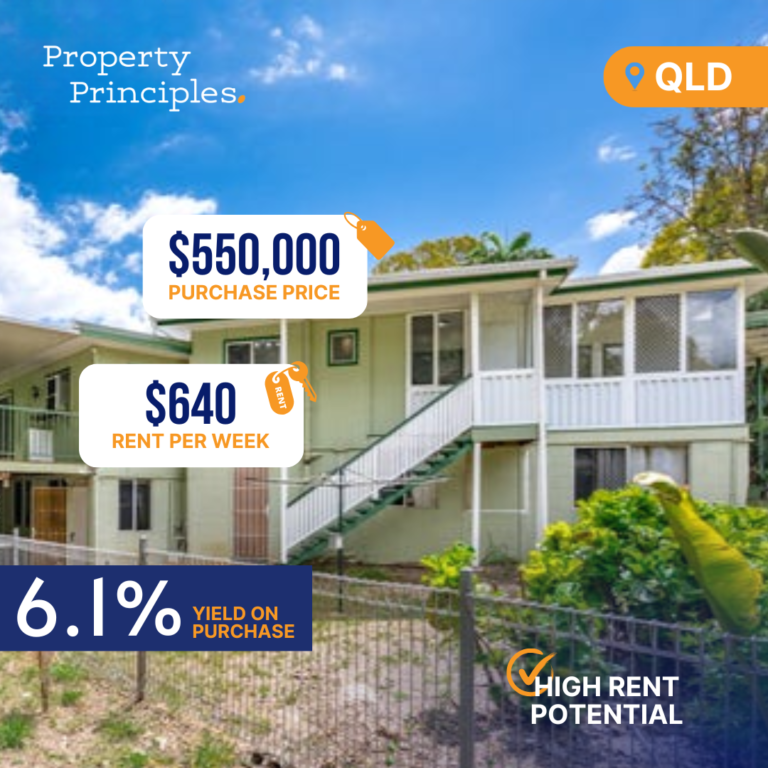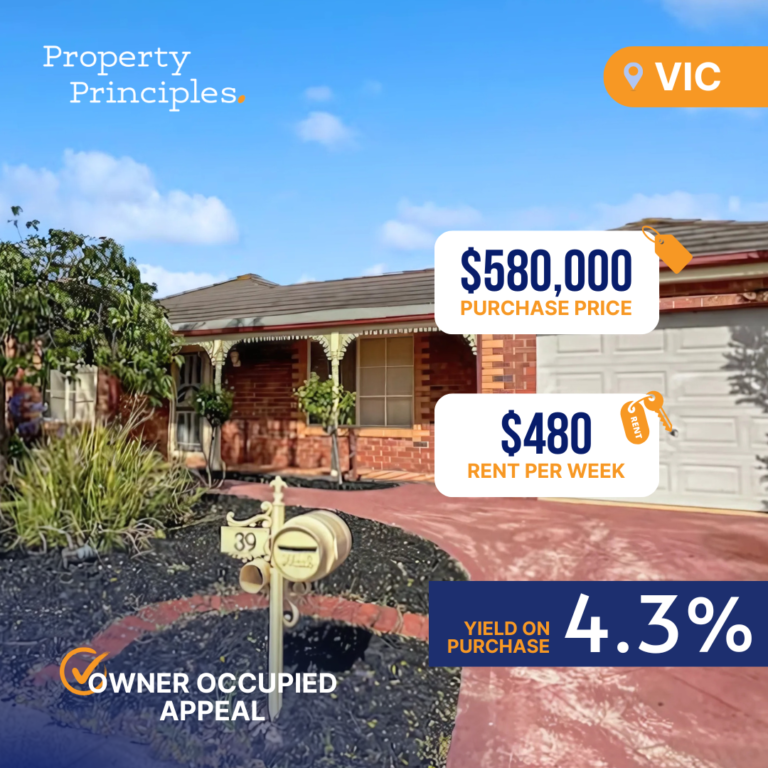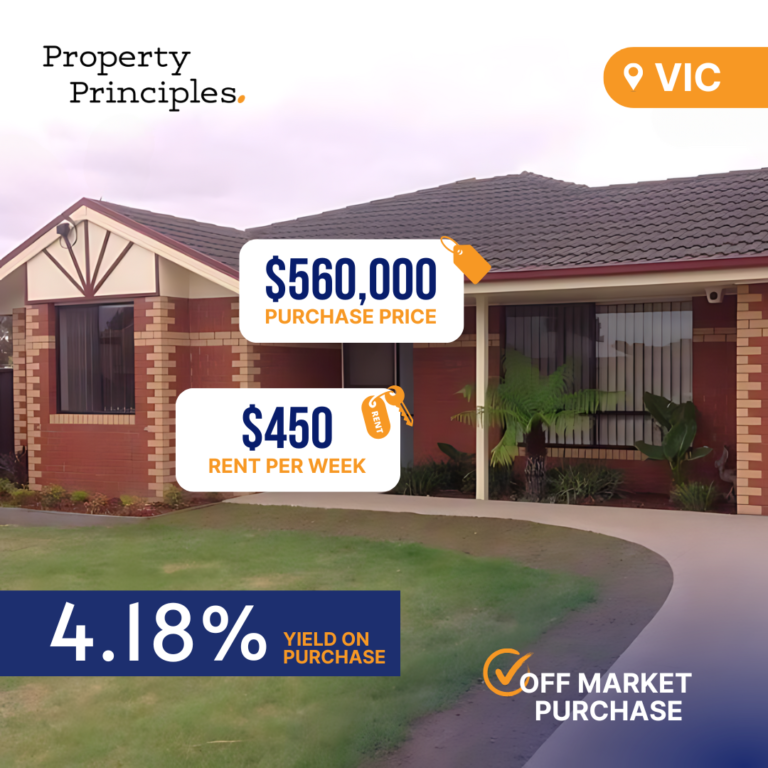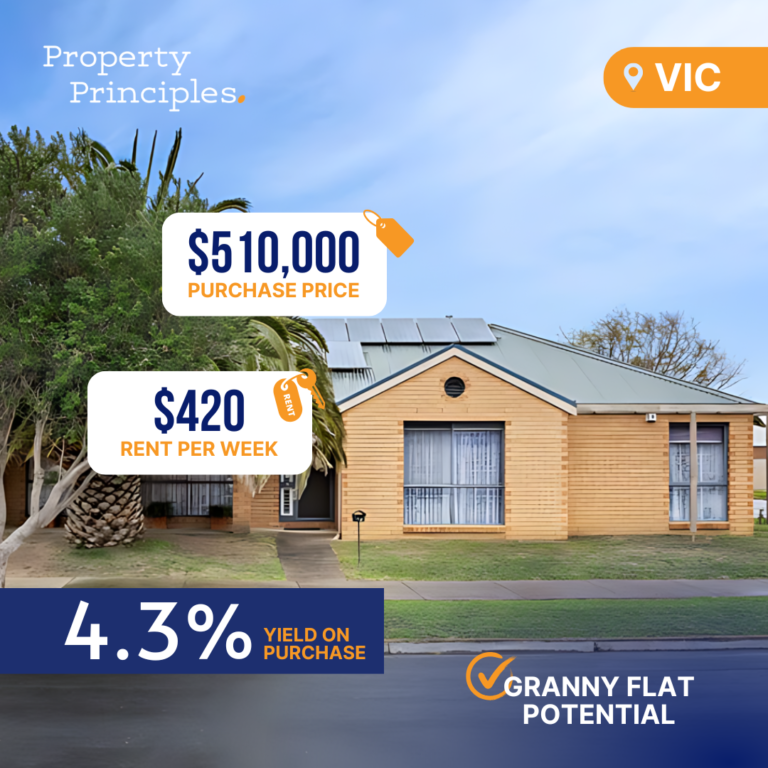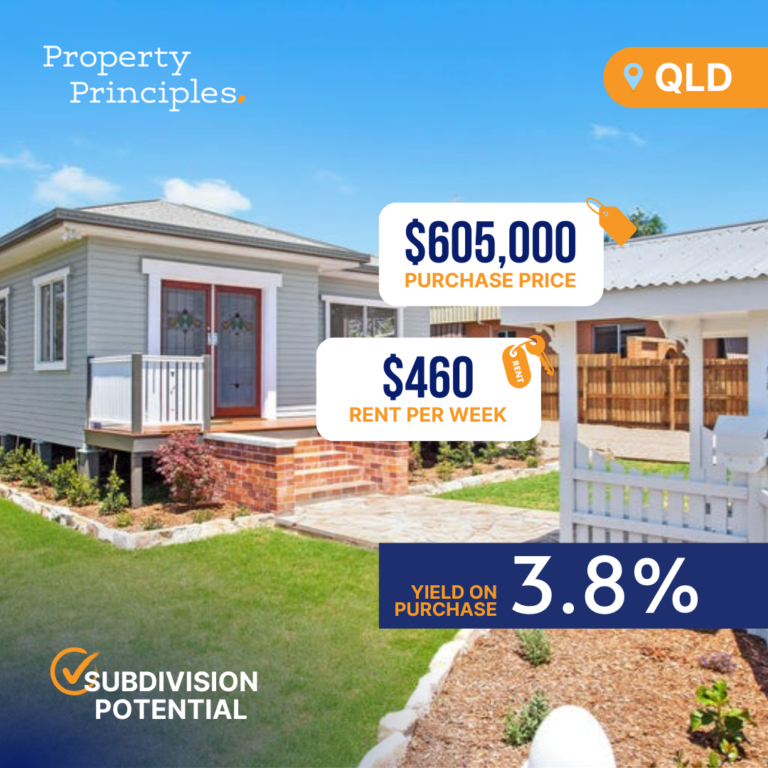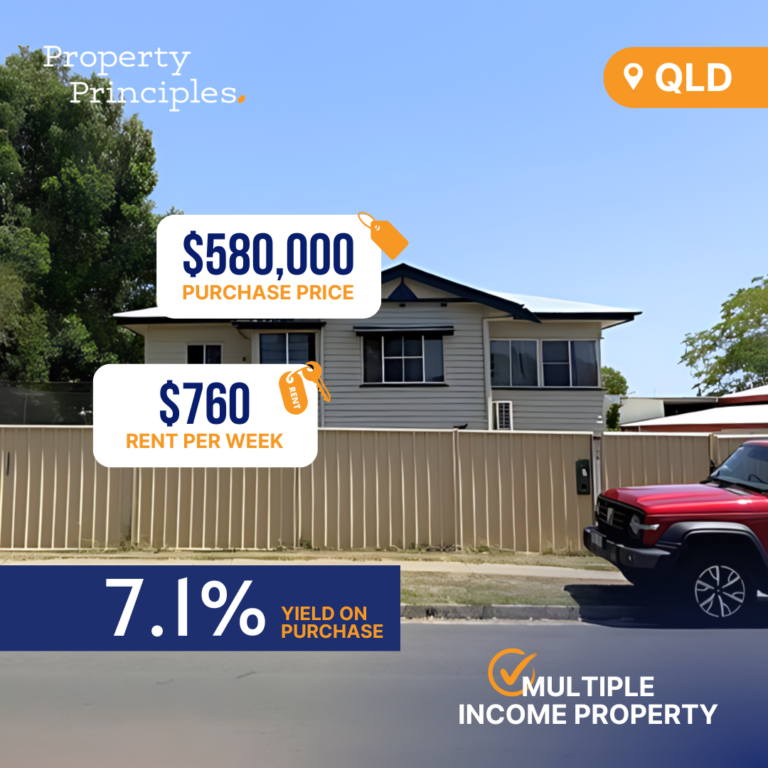The real estate market is constantly evolving, and property investors are continuously looking for the best opportunities to grow their portfolios. With mortgage demand back to its long-term average, it’s essential to examine where investors are putting their money and why.
Recent data from the ABS indicate that property investors currently constitute 34% of mortgage demand based on the value of new mortgage commitments. Interestingly, a significant portion of this investment is occurring in New South Wales, where investors account for 38% of new mortgage lending value. In contrast, Tasmania and Western Australia have the lowest investor activity levels, with mortgage commitments for investment purposes standing at 24.5% and 28%, respectively.
Despite having one of the lowest portions of investment activity, Perth, Western Australia, actually possesses the highest average gross rental yield among Australia’s capital cities, at 4.9%. Furthermore, Perth’s housing values offer arguably the best prospects for capital gains. With a lower median buy-in price compared to other state capitals, Perth seems to present an attractive investment opportunity for savvy buyers.
In comparison, investors are flocking to New South Wales and Sydney, where rental yields are the lowest of any state or capital city. Affordability challenges persist in these regions, and the prospects for capital gains may be limited due to higher buy-in prices. So why are investors seemingly less interested in the Perth market? It’s possible that a herd mentality is at play, leading investors to gravitate towards Sydney and New South Wales despite some red flags regarding affordability and rental yield returns.
Perth’s housing market experienced significant volatility following the mining boom, which may also be contributing to investor hesitance. After reaching a peak in 2014, Perth home values declined by 20% until 2019 due to economic weaknesses. However, this market is bouncing back, brimming with potential that astute investors should carefully consider.
Additionally, the Southeast Queensland housing market is worth examining. This region boasts strong fundamentals such as higher yields, lower buy-in prices, and rapid population growth driven by a mix of interstate and overseas migration. Both Western Australia and Queensland are experiencing positive rates of interstate migration, which aligns with purchasing demand rather than rental demand. Meanwhile, population growth in New South Wales and Victoria centers on overseas migration, which is initially linked to rental demand but will gradually shift towards purchasing demand.
When it comes to property investment, individuals must weigh their preferences for capital gains or maximizing yield for cash flow. Sydney and Melbourne have historically been favorable for capital gain seekers, although the high cost of entry may dampen future opportunities. On the other hand, markets like Perth and Southeast Queensland offer a balanced approach with higher yield potential and strong prospects for capital gains. Factors such as affordable housing prices, growth in interstate migration, and increasing demand from overseas migration position these regions for promising, sustainable long-term results.
In conclusion, property investors should not be blinded by popular trends. Instead, they should carefully consider markets like Perth and Southeast Queensland, where the fundamentals seem to indicate greater potential for both strong rental yields and property value appreciation. This approach will allow investors to maximize their investment returns and build a more successful, diversified portfolio.
Tags: Research News
Meet Tim Lawless
Executive, Research Director, Asia-Pacific
Tim brings over 20 years’ experience to his role as Executive Research Director of CoreLogic’s Asia-Pacific research division, managing a team of economic and data specialists across Australia and New Zealand. He provides valuable insights and analysis on national housing trends.



